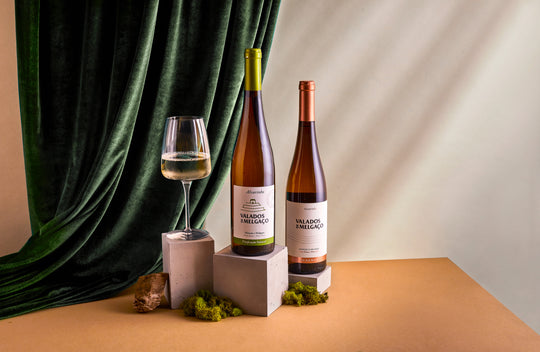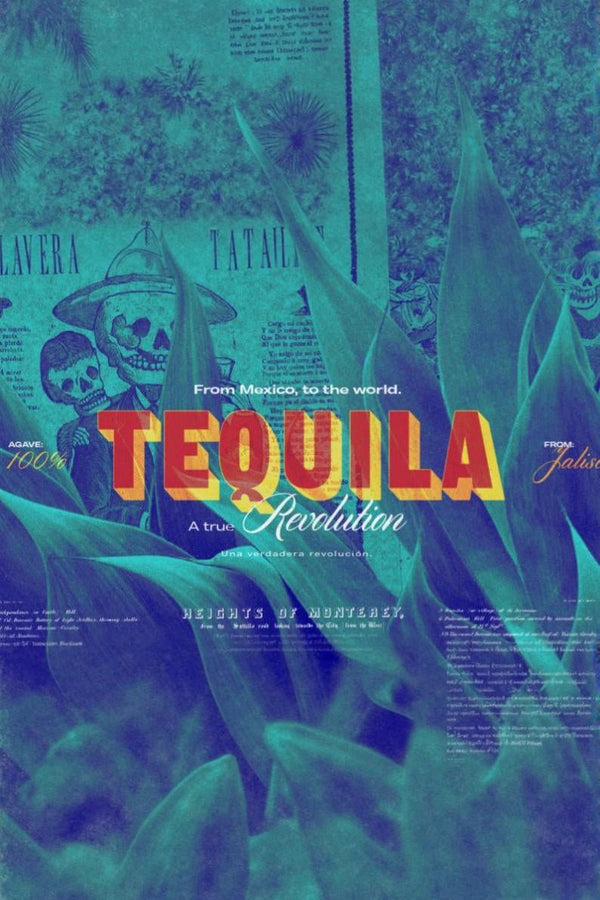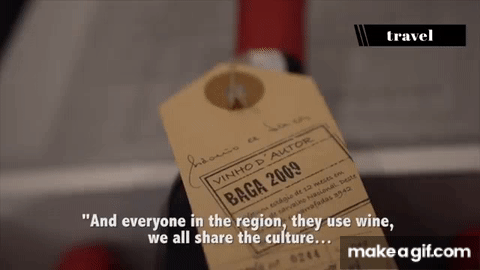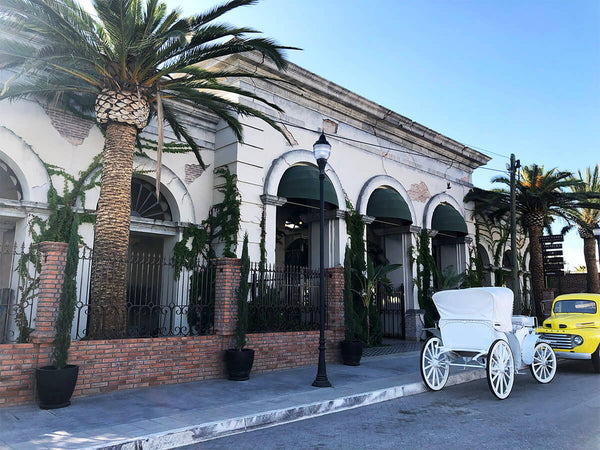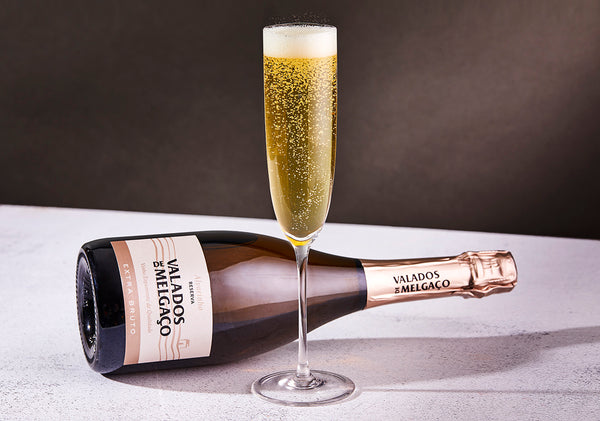Alejandro Campos, A Chocolate Connoisseur


It’s the most delicious, rich, and savory treat, protects against heart disease and a number of other ailments, and it’s one of Latin American contributions to the U.S. and the world.
It was the Olmecs who first used “kakawa”, which later made its way to the Aztecs who concocted “xocolatl” (bitter water) from the cocoa beans that grew wild in Mexico and Central America back in 1,500 B.C. Indigenous people used hot chocolate in rituals and ceremonies and Spanish conquistadors were so taken by the taste, they considered it an aphrodisiac.
Chocolate has undergone some changes since then, but its flavor continues to bring pleasure to millions of mouths around the world.
To the rescue of Mexican cocoa
Yet few of those mouths probably know its Mexican origins.
Alejandro Campos and Ana Parizot Wolter are trying to change that.
The couple is retracing the history of Mexican cocoa on the 66-acre plantation they have in the municipality of Comalcalco in the southeastern state of Tabasco.
They are also producing world-class chocolate at their Hacienda La Luz, a property purchased by Wolter’s German grandfather in 1958 when he fell in love with the Tabasco jungle.
In 2014, Wolter Chocolates exhibited their product at the Salon du Chocolat in Paris, making a small sale. Two years later, their white chocolate, passion-fruit bonbon won bronze at the International Chocolate Awards held in New York, the “Oscars” of the chocolate industry.

Campos and Wolter have rescued the ancient, authentic taste of Mexican cocoa, producing award winning products that are rich, complex and an explosion of flavor.
Their product has won 54 international awards since then, including gold in the 2018 International Chocolate Awards in the category of raw dark chocolate with flavors.
The winning entry at the event held in Italy was for Quetzalli—in honor of the Quetzal, a bird found in Central America and southern Mexico and revered by Mayans and Aztecs for its green feathers. Quetzalli, now being promoted in Mexico, the U.S. and Europe, contains cardamom and chicatana salt, which is made by ants.

Chocolate Sommclass
Campos will be showcasing Quetzalli and many other Wolter Chocolate products when he hosts one of several virtual educational classes SommTable is organizing as part of Latino Heritage Month.
The online courses, which also feature wine, tequila, and beer Latino experts, will provide an insight into Latin American culinary and cultural traditions and customs.
In his Sommclass, Campos will share his journey retracing the power and taste of Mexican cocoa beans, the process to create and produce new chocolate products with authentic, home-grown flavors that are taking the world by storm.
The class can be considered a date with a true chocolate sommelier.
Just as the taste of wine, beer or coffee can reveal all the flavors that make produce it, the same happens with chocolate.
True connoisseurs learn to discern the intricacies of the chocolate, including where the cocoa bean comes from, the way it was produced and its quality based on its color, flavor and smell.
Chocolate sommeliers
Chocolate tasting is an art form that involves all the senses, concentrating on the flavors, aromas and even the texture of the product. A good chocolate taster can explain the different varietals, fruits and flavors mixed with the cocoa.
With a mere taste, they can tell you whether it includes pine nuts, hazelnut, pepper, nutmeg or anise, whether it’s smoky, earthy or woody, does it contain hints of jasmine and vanilla, mint or cherry.
They can also identify the terroir, soil, location and climate in which the cocoa beans were grown, the way they were harvested and other nuances and complexities that a mere chocolate consumer would not discern.
With his ample knowledge, Campos will shine a light into all these subtleties and share the history of chocolate from the cocoa beans that were already so prized by the Mayans and Aztecs that they used them as currency.
Over the centuries, Mexico lagged in the production of the finest chocolate, but its exports and the demand for it in Europe led to the invention of the cocoa press in 1828 by a Dutch chemist, with the first production of dark chocolate bars in 1847 in England by J.S. Fry & Sons when they combined sugar and cocoa butter to create the delicious snack.

Millions of white and dark chocolate bars are now sold around the world, amounting to a 103 billion annual industry. For some it’s the perfect desert or treat, but according to one Harvard study, the benefits of eating chocolate are not just merely for taste pleasure. Scientists discovered that those who eat chocolate live almost one year longer than those who don’t. Another analysis shows that eating dark chocolate more than five times a week reduces the risk of heart disease by 57%.
And millions of romances would not have happened if it weren’t for a beautifully enticing box of chocolates on Valentine’s Day, and what other opening can you imagine for award winning movie “Forrest Gump”?
Chocolate is truly a blessing, which perhaps explains the reason why Swedish botanist, zoologist and physician Carl von Linné was more than right when he gave the cocoa tree its scientific name, “Theobroma,” which is Greek for “food of the gods.”
Anyone who enjoys a chocolate bar knows the name is truly apt, for eating it is close to divine.
TAKE THIS SOMMCLASS

